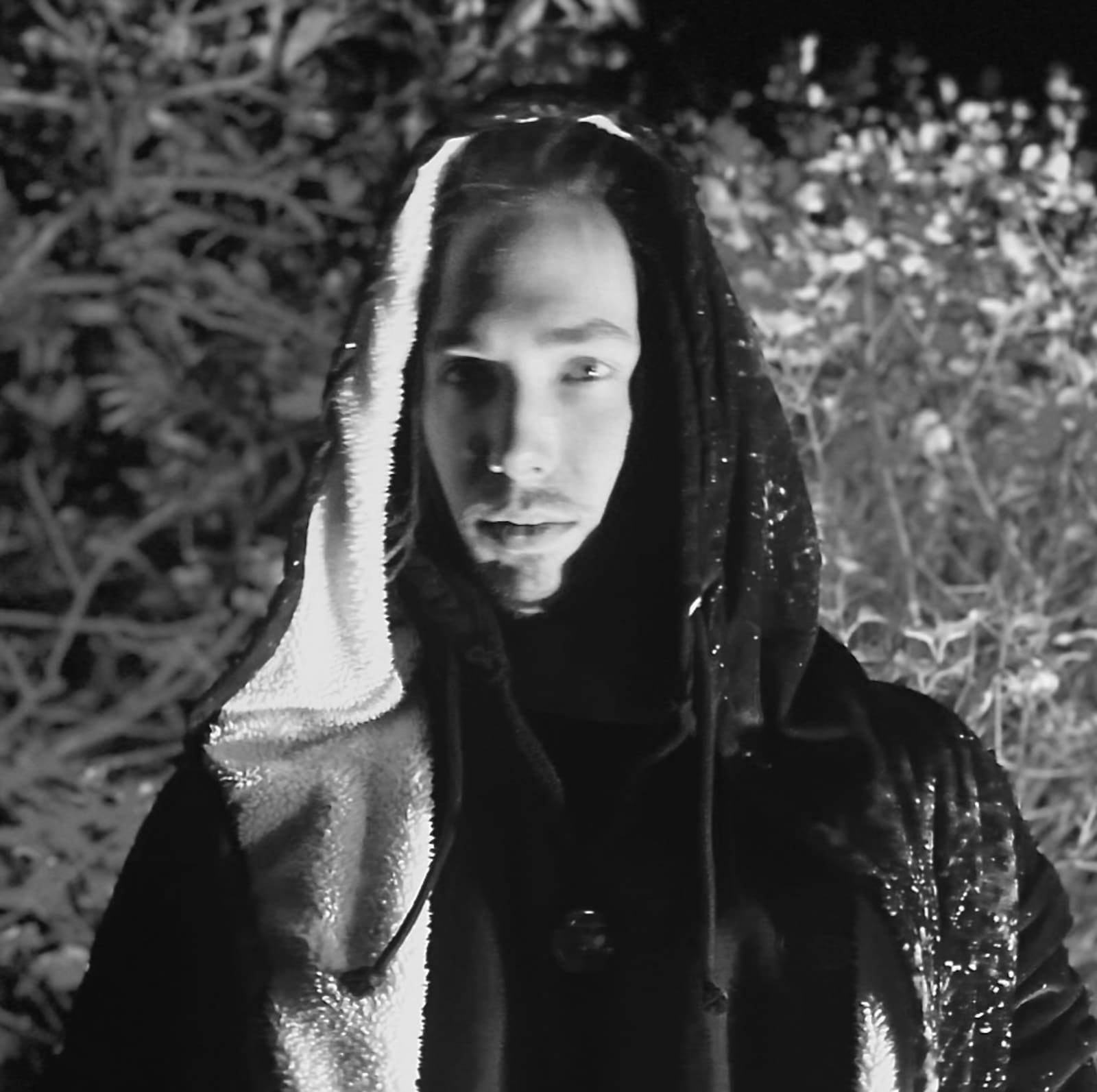omega flora ii: verdant shimmer [ peace flow ] – vertical

timenotspace
- Nature
omega flora ii: verdant shimmer [ peace flow ] – vertical
artwork infos
portrait
3d
03:30
2023
timenotspace
tree ~ paradigm shift – ver...
timenotspace
omega flora ii: viridian mo...
timenotspace
ancient angzaar: timescape ...
timenotspace
omega flora ii: verdant shi...
timenotspace
tree ~ zephyr – vertical
timenotspace
eternal nature [ simulation...
timenotspace
ancient angzaar: gateway [ ...
timenotspace
ancient angzaar: timescape ...
timenotspace
genetic wilderness: hybridi...
timenotspace
eternal flowers [ simulatio...
timenotspace
omega flora ii: cyan breeze...
timenotspace
omega flora ii: viridian mo...
timenotspace
omega flora ii: split shado...
timenotspace
omega flora ii: cyan breeze...
timenotspace
palm rotation: vivid irides...
timenotspace
ancient angzaar: skystage [...
timenotspace
tree ~ zephyr
timenotspace
tree ~ hyperview – vertical
timenotspace
palm rotation: vivid irides...
timenotspace
tree ~ paradigm shift
timenotspace
iridescent oasis: omega for...
timenotspace
eternal nature [ simulation...
timenotspace
omega flora ii: verdant shi...
timenotspace
tree ~ dreamscape – vertica...
timenotspace
omega flora ii: split shado...
timenotspace
tree ~ dreamscape
timenotspace
ancient angzaar: skystage [...
timenotspace
iridescent oasis: omega for...
timenotspace
genetic wilderness: hybridi...
timenotspace
eternal flowers [ simulatio...
timenotspace
tree ~ hyperview
timenotspace
tree ~ zephyr – vertical - ...
timenotspace
ancient angzaar: gateway [ ...
timenotspace is the co‑founder and Chief of Creative Operations at the global creative organization Who R We Collective (WRWC). Drawing on a background in art history and computer science, produces high fidelity, handcrafted, immersive multi-sensory work intended for the world’s largest & most advanced displays. time’s future-forward work is intimately interwoven with humanity’s journey of expression across the ages - engulfing fans and viewers in a uniquely-vivid, dynamic perspective of our shared experience. The cosmic forces underlying the natural world serve as guides to time’s simulation-based 3D work, culminating in a synesthetic fusion of texture, light, color, and dancing shadows — glimpses of a broader overarching purpose that begins to reveal itself when seen at scale across time’s multimedia projects, fashion design lines, and art collections. This is all connected.
Over the past years, time has launched several signature design and art lines with WRWC, including collections such as silver syzygy, spectral visions, and biosynth gala, as well as immersive XR music visuals. These projects feature seamless integrations of audio-visual simulation, fashion design, and limited-edition collectibles, distributed via WRWC’s platforms and minted on Ethereum. Through these cross-disciplinary works, time reveals an overarching purpose: exploring scale, perception, and our shared experience through texture, light, color, and animated shadow.

omega flora ii: verdant shimmer [ peace flow ] – vertical
collection: time [ 0 ] biosynth gala
“in emerald midnight daze”
3d
portrait
03:30
2023
More from timenotspace
More on digital art
Collections with the artist
